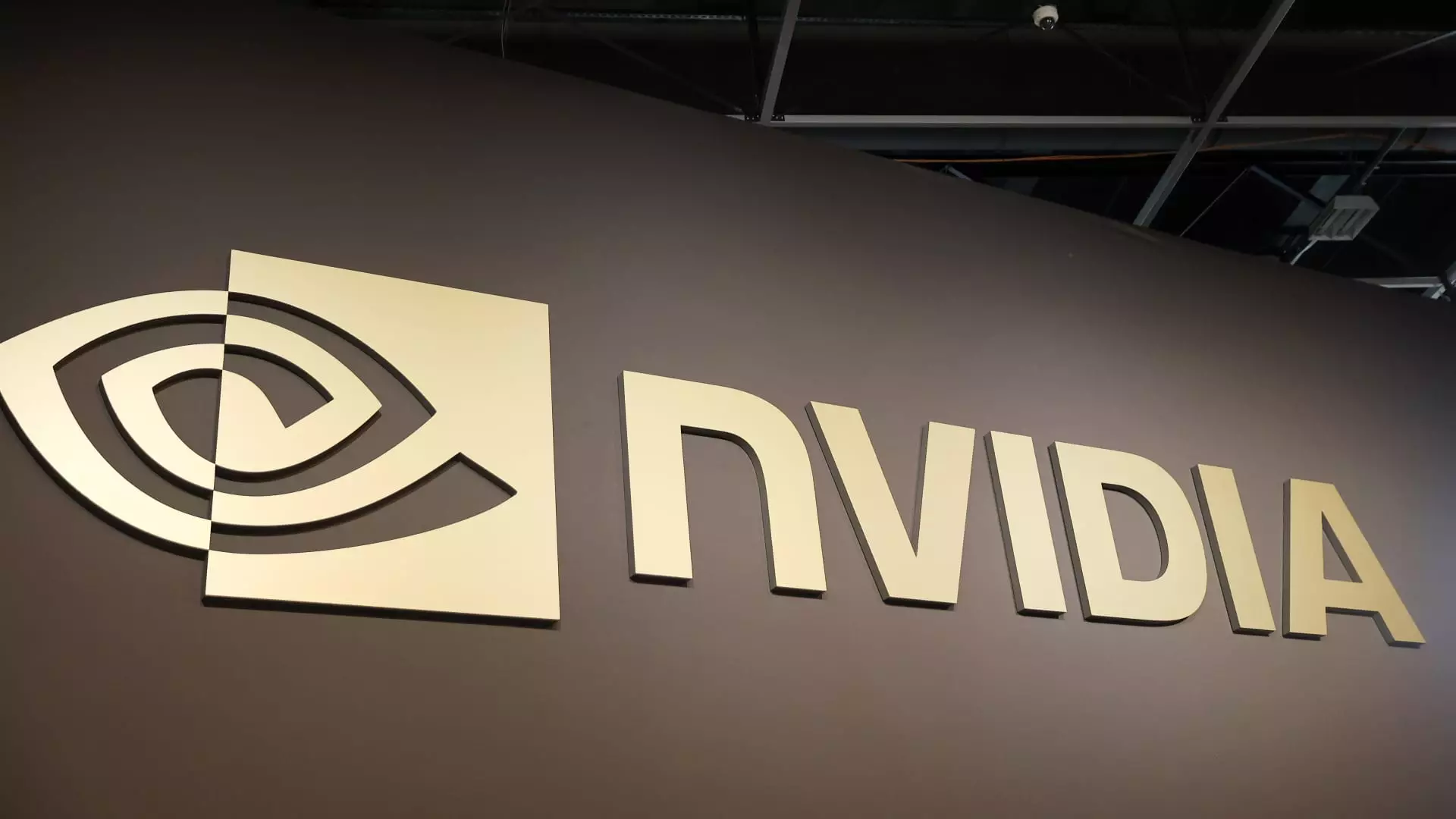For much of 2025, Nvidia’s stock appeared to be circling in a frustrating tangle of stagnation. Caught in the crosshairs of geopolitical fears—chiefly U.S. export controls targeting China—and a general cooling of enthusiasm for semiconductors, Nvidia’s share price barely budged. Skeptics argued the company’s rapid rise over recent years was unsustainable, a bubble destined to burst. Yet, to dismiss Nvidia outright on these grounds overlooks the nuance of its position in the tech ecosystem. The skepticism among investors is a classic hallmark of companies that have enjoyed meteoric expansions—market participants are reluctant to pay a premium unless new growth vectors become clearly visible.
Even the most ardent bulls will admit that Nvidia’s price run-up had necessitated some digestion. Instead of being alarmed by the recent consolidation phase, discerning investors should view it as a natural and healthy pause—a recalibration of expectations. It’s where skepticism meets realism, and therein lies an opportunity that many Wall Street pundits are increasingly unwilling to ignore.
Technical Signals: What the Chart Tells Us
The market isn’t merely driven by headlines; technical analysis often offers a more immediate window into investor psychology. Nvidia recently achieved what chartists call a “golden cross”—the 50-day moving average crossed above the 200-day average. Historically, this signal has coincided with sustained bull markets, as it reflects positive momentum gathering strength beneath the surface.
Such technical cues matter more than superficial complaints about rising valuations. They highlight a shift in institutional sentiment that usually precedes broader retail enthusiasm. For those who adhere to center-right economic principles favoring market efficiency and rational capital allocation, these indicators offer reassurance that Nvidia’s rally isn’t merely speculative hype but is instead grounded in improved fundamentals and shifting investor conviction.
Blackwell and the AI Arms Race: The Future Is Already Being Prices In
The promise carrying Nvidia’s resurgence is not hypothetical; it’s tangible and measurable. The upcoming rollout of Nvidia’s Blackwell chip is rightly seen as a game-changer. Although much of the excitement around Blackwell may have been priced into Nvidia’s current valuation, the device’s manufacturing ramp-up slated for July through September should translate into better-than-expected revenue growth later this year. Analysts expect the next earnings report to contain upward revisions, which would validate the bullish thesis.
This optimism is not naïve enthusiasm but the anticipation of concrete product-driven growth. The macroeconomic context matters here. Nvidia operates at the heart of the burgeoning artificial intelligence (AI) industry—a sector still in its infancy but poised for explosive growth. Major players like Meta are investing heavily to recruit talent and develop their AI capabilities, underscoring the massive commercial stakes involved. Thus, Nvidia’s capacity to innovate and execute in this high-stakes environment reinforces its potential for robust long-term profitability.
The Competitive Landscape: Why Nvidia’s Moat Remains Intact
One frequently cited concern is the rise of hyperscalers creating their own custom chips, which theoretically could undercut Nvidia’s market dominance. However, this notion often overlooks economic realities. Building in-house semiconductor solutions is an extraordinarily expensive and complex endeavor, one that only a few mega-corporations can sustain, and even then at considerable risk and scale limitations.
Nvidia’s advantage comes not just from its product but from the ecosystem and expertise it has built over decades. The company’s ability to consistently innovate and scale manufacturing operations presents a significant barrier to entry for would-be rivals. This dynamic aligns with center-right views that favor efficient markets and competition but recognize that intellectual property and innovation pipelines create legitimate economic moats that generate sustainable returns, benefiting shareholders without government intervention.
Valuation Versus Growth: A Rare Investment Sweet Spot
Despite hitting new all-time highs, Nvidia’s valuation appears attractive when measured against growth prospects—a crucial point highlighted by seasoned analysts. In a tech sector often criticized for frothy valuations and speculative excess, Nvidia stands out as arguably the “most attractive large-cap tech company on a price-to-growth basis.” This metric, which balances how much investors pay for future expansion, is a better gauge than price alone.
It is easy for pundits to dismiss booming stocks as overhyped, but financial markets reward companies that show scalable growth fundamentals. Nvidia’s multifaceted approach—spanning hardware excellence, AI leadership, and a growing presence across multiple tech verticals—positions it as a rare firm capable of delivering long-term compounded returns. Aligning with a pragmatic yet growth-friendly center-right ideology, this sort of investment reflects confidence in capitalism’s creative power to build enduring value without succumbing to reckless speculation.
—
Nvidia’s resurgence is not merely a rebound from prior caution but a signal of deeper shifts in technology and market structure. Its story is emblematic of a sophisticated and maturing AI-driven economy, where winners are defined less by hype and more by execution and sustainable competitive advantages. For investors—and policymakers alike—understanding this balance is crucial in navigating the uncharted innovation frontier ahead.

